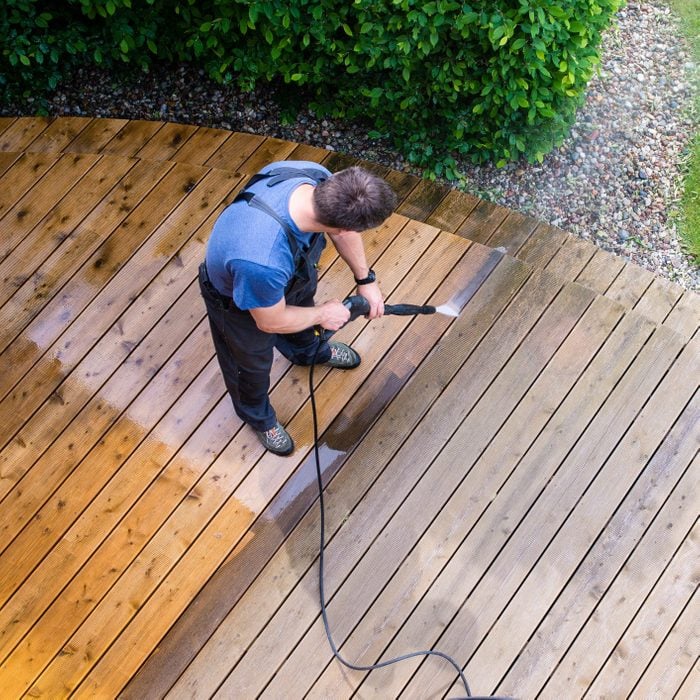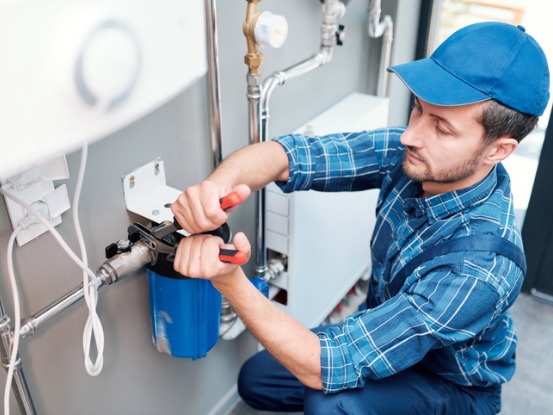Are you currently on the lookout for help and advice around Low Water Pressure in the House??

Low tide stress in your house can be a discouraging trouble, affecting every little thing from showering to cleaning recipes. If you're experiencing weak water flow, there are numerous feasible reasons and services to explore. In this overview, we'll talk about common factors for low water pressure and useful steps to attend to the problem effectively.
Introduction to Low Water Stress
Low water stress occurs when the flow of water from your taps, showers, and various other components is weak than usual. This can make day-to-day jobs much more challenging and less efficient. Comprehending the root causes of low water stress is vital to discovering the right service.
Usual Root Causes Of Low Water Stress
Pipeline Obstructions
In time, pipes can become clogged with natural resource, sediment, or particles, restricting the circulation of water. This is an usual concern in older homes with galvanized steel pipes.
Deterioration
Rust within pipes can lead to leakages and reduced water pressure. Corrosion build-up can tighten water flow, particularly in maturing plumbing systems.
Faulty Pressure Regulators
Stress regulatory authorities are accountable for preserving constant water pressure in your house. If they malfunction, it can lead to low tide stress or uneven flow throughout your house.
Community Water Issues
Often, the problem lies outside your home. Metropolitan water supply issues, such as main line leakages or maintenance work, can briefly lower water stress in your location.
How to Identify Low Tide Stress
Checking Faucets and Fixtures
Begin by testing the water stress at various taps and fixtures throughout your home. If the problem is separated to specific locations, it may indicate localized troubles.
Inspecting Pipelines
Inspect visible pipes for signs of leaks, rust, or blockages. Focus on any uncommon sounds, such as banging or rattling pipelines, which can show issues within the plumbing system.
Consulting with a Plumber
If you're unable to determine the source of low tide pressure, think about hiring a professional plumber to carry out a detailed assessment. They can recognize underlying problems and advise proper services.
Do It Yourself Solutions to Repair Low Tide Stress
Cleansing Aerators and Showerheads
Mineral deposits can gather in aerators and showerheads, decreasing water flow. Get rid of and clean these parts on a regular basis to improve water stress.
Flushing Hot Water Heater
Debris buildup in the hot water heater can limit circulation and lower performance. Purging the container periodically helps remove sediment and preserve optimum efficiency.
Examining Pressure Regulatory Authority
Make certain that the pressure regulatory authority is functioning correctly. Changing or replacing the regulatory authority can assist recover correct water pressure throughout your home.
Clearing Up Clogs in Water Lines
For minor obstructions, try utilizing a plumbing snake or chemical drainpipe cleaner to clear blockages in pipes. Be cautious when utilizing chemicals and comply with safety and security guidelines.
When to Call a Professional Plumber
If DIY efforts stop working to deal with the problem or if you suspect considerable plumbing troubles, it's best to look for assistance from a certified plumber. They have the proficiency and devices to deal with complicated problems securely and effectively.
Safety Nets to Keep Water Stress
Routine Maintenance
Set up routine upkeep for your plumbing system to avoid problems such as corrosion, leaks, and blockages. Resolving small issues early can aid prevent even more substantial repairs later on.
Setting Up a Stress Booster
Take into consideration mounting a pressure booster pump to enhance water stress in locations with constantly reduced circulation. This can be specifically advantageous for multi-story homes or residential or commercial properties with high-demand fixtures.
Monitoring Water Usage
Bear in mind water usage behaviors and stay clear of overtaxing the plumbing system. Simple adjustments, such as staggering showers and washing lots, can help preserve adequate water stress.
Conclusion
Taking care of low tide pressure can be irritating, yet recognizing the underlying reasons and carrying out appropriate options can recover ideal circulation throughout your home. Whether it's cleansing aerators, evaluating pipes, or speaking with a plumber, taking positive actions can ensure a consistent supply of water for your everyday needs.
FOUR WAYS TO FIX LOW WATER PRESSURE NOW
Turning on a shower or faucet only to find the water comes out in a sad, slow drizzle is never a good feeling. How exactly are you supposed to wash a pan or take a quick shower when it takes 10 minutes just to rinse off a little soap? The good news is that when your water pressure is bad, there's always a cause: typically one that can be easily fixed. Here are some of the most common causes of low pressure and what you can do to fix the issue:
DEBRIS AND MINERAL DEPOSIT BUILDUPS
If you notice low water pressure from just one or two of the fixtures in your house, the problem likely has to do with debris buildup. Water is full of minerals and other debris, all of which can accumulate in your pipes and on your fixtures. This can cause a blockage that affects how much water flows through. To fix this, try filling a small plastic bag with white vinegar, and use a rubber band to hang it around your showerhead or faucet. Let the head of the fixture soak for a few hours, and the vinegar should loosen the deposits.
WATER LEAKS
Leaks are another common cause of low water pressure. If water is flowing out of your plumbing through a hole or crack before it can reach your fixture, the pressure coming out of the faucet or showerhead will be lower. A plumbing professional is your best bet for finding and repairing a leak in your water supply pipes.
Leaks are another common cause of low water pressure. If water is flowing out of your plumbing through a hole or crack before it can reach your fixture, the pressure coming out of the faucet or showerhead will be lower. A plumbing professional is your best bet for finding and repairing a leak in your water supply pipes.
A VALVE ISSUE
If you have low water pressure throughout your home, check your main shut-off valve to make sure it's completely open. You may also want to see if there's a pressure-reducing valve installed. If there is, have a plumber help you adjust the settings to get the pressure you're looking for.
OTHERS USING WATER
Believe it or not, your low water pressure could be caused by your neighbors. If you notice low pressure at certain times of day, it may be because you and the people living next to you have similar schedules - when everyone is showering at the same time, the pressure will be lower in every home. Low pressure throughout the neighborhood may also be caused by an issue with your municipal water supply. If that's the case, call the supplier to see if they're working on the issue.
https://www.rotorooter.com/blog/water-leaking/low-water-pressure-fixes/

We had been made aware of that report on from a friend on a different web address. Are you aware of someone else who is very much interested in the topic? Why not promote it. I cherish reading our article about 9 Reasons for Low Water Pressure in Your House.
Click Here
Comments on “Best Strategies for Rectifying Low Water Pressure in Your Home”